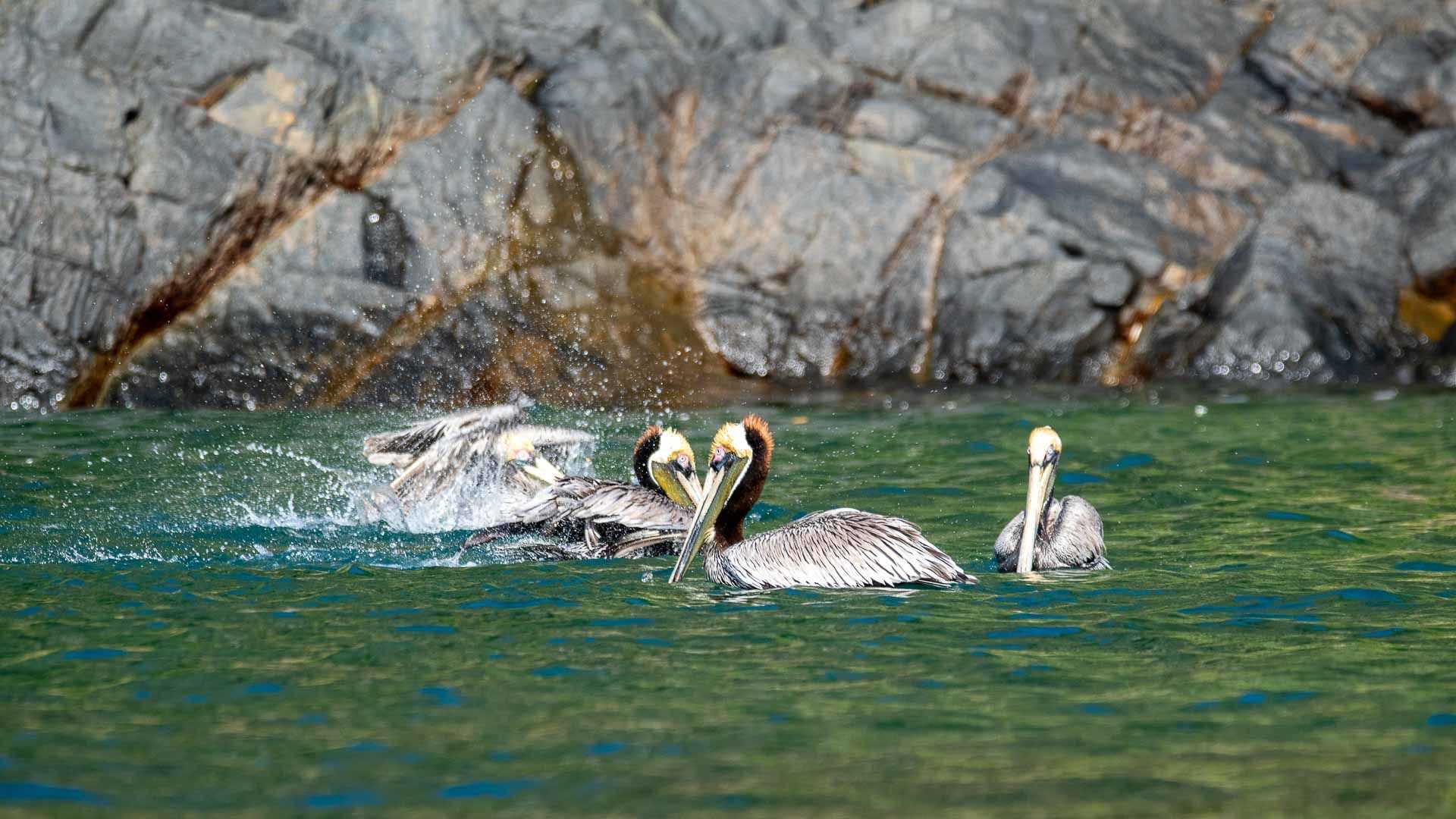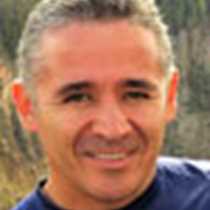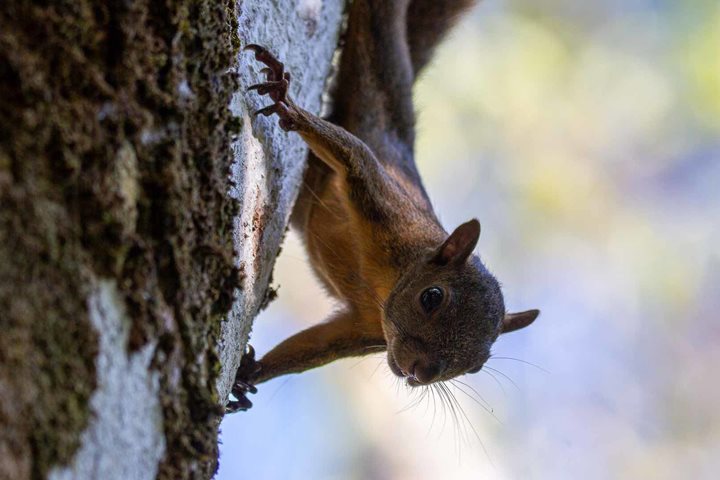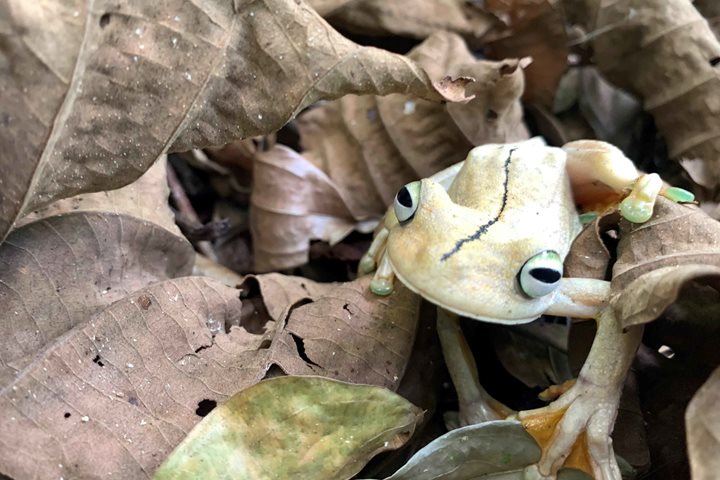After sailing almost 200 nautical miles on our second day in Panama, we woke up just in front of the islands of Bona and Otoque.
On Zodiac cruises, we observed large populations of pelicans, boobies and magnificent frigatebirds. Trade winds across Panama cause an upwell of cooler waters. This drags up nutrients, attracting high concentrations of birds.
Frigatebirds take off from windy areas since their short tarsi do not allow take off from water. This amazing bird has a six-foot long wingspan. The birds are kleptoparasitic and let other species catch fish. They chase the other birds, forcing them to regurgitate what they ate. The frigatebirds’ scissortails allow them to make sharp turns as they try to steal food from other birds.
The nests and chicks of brown boobies were present as well. These birds commit siblicide. Females lay two eggs. When the eggs hatch, the older sibling pushes the youngest down the cliff. Adults can only raise one chick so this guarantees a higher chance of survival.
We kept going around the island and ran into some abandoned cranes. We have tried to find out their purpose and have not been successful yet. Today, boobies and pelicans nest there. More brown pelicans showed up. When they perch, they face away from the sun to avoid getting overheated.
After this performance, we returned to National Geographic Quest and moved forward toward the Panama Canal. We enjoyed cocktails on the sundeck and a delicious ceviche prepared by the galley. We watched the sunset as we started our first leg of transiting the canal.
No one could ever be bored when watching this world famous jewel of engineering. The canal was built over a century ago and is still in full operation. Everybody enjoyed the narration by our Panamanian naturalists as we went by Miraflores and Pedro Miguel locks. We all went to rest up for another beautiful day in Panama!







